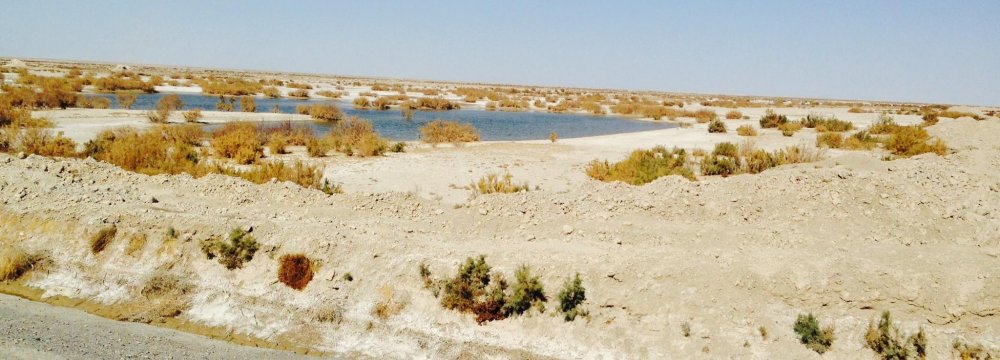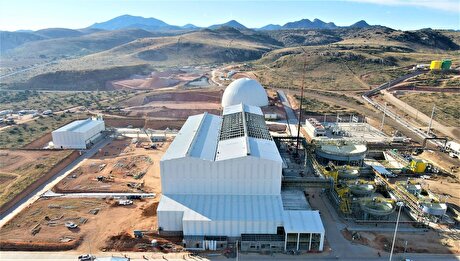
Poor Water Management Poses Environmental Challenge

"There is no doubt that current critical conditions of Iran's rapidly vanishing wetlands and groundwater resources are mainly due to the inept water management, rather than the drought itself," Abdolreza Foroughi added.
Iranians were once pioneers of water management and innovated techniques such as qanat and aqueducts, but the creative strategies have long been neglected.
According to the official, the most significant missing strategy is "territory planning" that determines which development project can be implemented in a certain region based on climatic specifications. For instance, water-intensive crops must not be cultivated in regions suffering from water shortage.
Foroughi complained that unfortunately, this issue is very poorly considered by officials.
Mismanagement is also evident in the agriculture sector.
"The revenue earned from the sale and export of many types of crops does not equal the value of water used for their irrigation," Foroughi said. Reportedly, about 92% of the country’s water resources are used up by unsustainable and wasteful farming practices.
"Seeking international collaboration, starting joint agricultural projects with other countries, addressing indirect water wastage and raising public awareness about water shortage are among solutions repeatedly emphasized by authorities, but these have never received adequate attention," he said.
The country's nearly two-decade struggle with drought, combined with high consumption and waste, has caused renewable water resources to drop under 120 billion cubic meters. However, by some accounts, that figure is closer to 88 bcm.
Located in one of the world's most water-stressed regions, Iran's average precipitation rate has been lower than the global average for at least 10 years. Some 37 million Iranians are said to be living in water-stressed regions.


Trump weighs using $2 billion in CHIPS Act funding for critical minerals

Electra converts debt, launches $30M raise to jumpstart stalled cobalt refinery

Codelco cuts 2025 copper forecast after El Teniente mine collapse

Barrick’s Reko Diq in line for $410M ADB backing

Abcourt readies Sleeping Giant mill to pour first gold since 2014

Pan American locks in $2.1B takeover of MAG Silver

SQM boosts lithium supply plans as prices flick higher

Nevada army depot to serve as base for first US strategic minerals stockpile

Viridis unveils 200Mt initial reserve for Brazil rare earth project

Kyrgyzstan kicks off underground gold mining at Kumtor

Kyrgyzstan kicks off underground gold mining at Kumtor

KoBold Metals granted lithium exploration rights in Congo

Freeport Indonesia to wrap up Gresik plant repairs by early September

Energy Fuels soars on Vulcan Elements partnership

Northern Dynasty sticks to proposal in battle to lift Pebble mine veto

Giustra-backed mining firm teams up with informal miners in Colombia

Critical Metals signs agreement to supply rare earth to US government-funded facility

China extends rare earth controls to imported material

Galan Lithium proceeds with $13M financing for Argentina project

Kyrgyzstan kicks off underground gold mining at Kumtor

Freeport Indonesia to wrap up Gresik plant repairs by early September

Energy Fuels soars on Vulcan Elements partnership

Northern Dynasty sticks to proposal in battle to lift Pebble mine veto

Giustra-backed mining firm teams up with informal miners in Colombia

Critical Metals signs agreement to supply rare earth to US government-funded facility

China extends rare earth controls to imported material

Galan Lithium proceeds with $13M financing for Argentina project

Silver price touches $39 as market weighs rate cut outlook

















